Learn why we humans are more in tune with analog storyboards rather than electronic ones.
Author: Geetesh Bajaj
Product/Version: PowerPoint
These days we are cocooned in a virtual world, a world where our minds are encircled by new touch devices of all sorts. So does touch translate to some texture? Some grain? No, not at all. In today's world, touch means glass, metal, or plastic—and all of them have flat, non-textured, and non-grainy surfaces. Other senses such as sound are absent too. There's no scribble of the pencil or the sound of paper being torn or turned.
Now let us imagine that you are conceptualizing your next presentation. Your storyboarding may happen on a computer, or even a tablet or a phone. Like anything in life, this process has both pros and cons. One advantage of using computers or tablets to do storyboarding is the the time saved with simple technology such as copy and paste. Ironically, that copy and paste may stop you from thinking better, improving your words, and reinventing stories!
And of course as discussed earlier, electronic as opposed to analog storyboarding fails to fulfill your sense of touch and vision. After all, a strong sheet of Gorilla Glass is completely devoid of texture. Even then, electronic storyboarding is not always a bad idea, at least if you ensure that you use it only at the end of the storyboarding process.
So is texture really important? What's the relation between texture and storyboarding? This relation has everything to do with how the human brain works. One way in which your hand communicates with your brain is through texture and that feel of texture is completely absent when you use an electronic storyboard. Enter the analog storyboard! An analog storyboard is no fancy device, and that may be its biggest advantage. Most of the time, this simple analog storyboard translates to a piece of paper. Fortunately, even the smoothest paper has some texture, at least on its edges.
Texture has always been known to stimulate the brain. In fact, texture is the main concept that works behind the scenes in Braille, a language you can feel rather than see. The human brain can respond very well to texture.
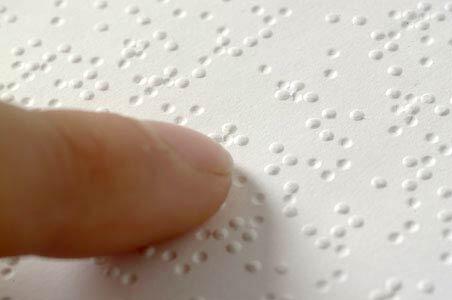
Braille is completely based on the texture capabilities of the brain
Picture from Wikimedia Commons
Braille may have an alphabet that everyone does not understand. Yet the sense of touching texture and finding meanings from that texture is something that every human being relates to. In a different way, we are all thus tuned to deciphering and understanding the concept behind Braille, and we do it with textures all the time.
So will you be able to create a better presentation, if you were using an analog storyboard that has texture to begin with, rather than using an electronic, texture-deprived storyboard? Many people seem to agree to this notion.
Author Austin Kleon says in his book, Steal Like An Artist:
The computer is really good for editing your ideas, and it's really good for getting your ideas ready for publishing out into the world, but it's not really good for generating ideas.
So is paper better at generating ideas? And why is the touch and feel of paper such an important consideration? That may be because when your fingers touch the texture within paper, some stimulus is caused within your brain.
And human civilization has known this concept for thousands of years. Ancient sages in India and other parts of the world have explored the relation between touch and the brain to understand our food habits better. They found that you get satisfied not only when you eat food, but also when you touch it before eating. The mere act of touching food with different textures sends signals to our brain, and then the brain achieves some satisfaction even before you bite into your first morsel of food. That may explain why many cultures all over the world eat their food using their fingers, and not cutlery.
Is it then possible that you can create a more appealing, brain-stimulating, wholesome, and interesting storyboard for your presentation by using an analog storyboard comprising paper and pencils/pens rather than an electronic device?
I reached out to Nancy Duarte. Most of the storyboarding in her company Duarte Design begins via an analog storyboard. Several years ago when she finished writing her first book, slide:ology, she shared the process she used to storyboard her book. Her storyboard was a large wall with paper everywhere as you can see in the picture below.
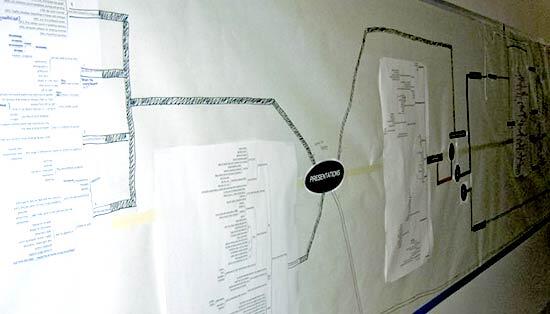
Nancy's paper storyboard was almost a wallpaper
Picture used with permission from Nancy Duarte
So what did we learn from this article? We learned that paper is probably the friendliest storyboard medium you will encounter, and its familiarity and texture qualities make it a fantastic analog storyboard.
So do you believe that you can benefit from an analog storyboard? Would love to hear from you all!
You May Also Like: Long Story Short: Conversation with Margot Leitman | Newsjacking: Inject your Ideas into a Breaking News Story…

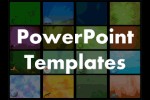
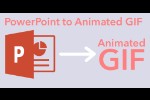
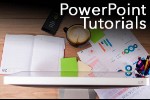
Microsoft and the Office logo are trademarks or registered trademarks of Microsoft Corporation in the United States and/or other countries.